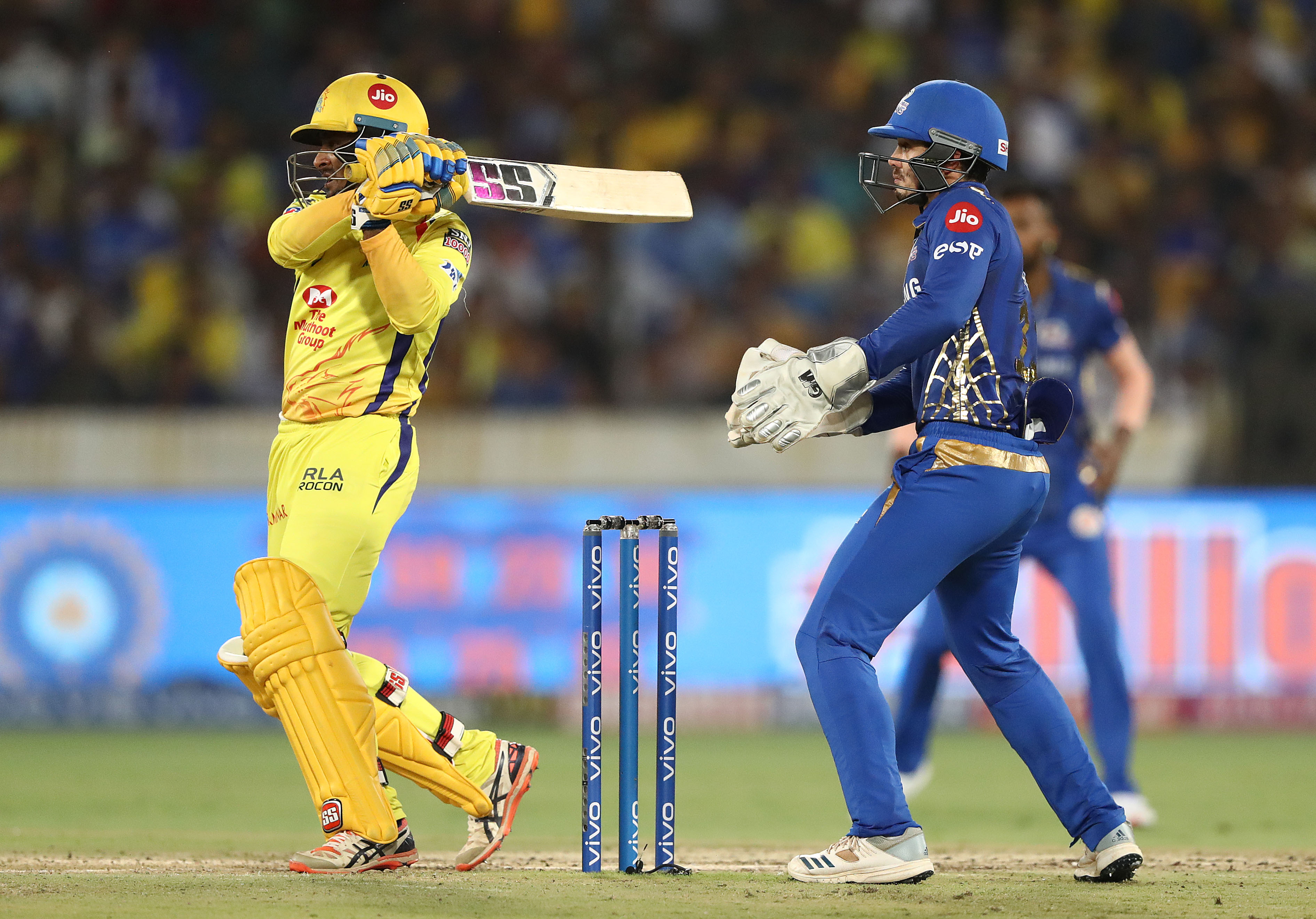Disney’s Wish For Star India Success Swings on Cricket Deal (Bloom)
On June 12, the governing board of the world’s biggest cricket organization will announce which streaming service has won the privilege of paying something like $5 billion to carry the massively popular Indian Premier League for the next five years

Once upon a time, Disney’s Jiminy Cricket sang about wishing upon a star, indelibly linking the song to the House That Walt Built. These days, by Jiminy, Disney’s Star streaming service is wishing upon cricket. Without it, Disney’s dreams of creating a real streaming service may run into even more trouble than that kid with the big nose did on Pleasure Island.
It’s the latest question hanging over Bob Chapek’s empire, which already had enough headaches in Florida, Anaheim and China to make some of us wonder if it might be more than a board oversight that the new-ish CEO hasn’t had his three-year contract extended.
Even amid all the streaming mayhem of recent weeks, Disney resolutely maintains it will have 230 million - 260 million combined subscribers by 2025. That is, despite the Netflix-induced chill that has settled across the streaming industry. But by the end of the week, we’ll know a lot more about how attainable Disney’s stubbornly ambitious goal will be.
On June 12, the governing board of the world’s biggest cricket organization will announce which streaming service has won the privilege of paying something like $5 billion to carry the massively popular Indian Premier League for the next five years, in streaming, broadcasting and international rights.
The 14-year-old league plays a special form of cricket, and has been hugely popular since it was founded. The league added two more teams last year, which paid $800 million each to join the bonanza. Disney inherited the cricket rights when it bought Star India as part of its $71 billion acquisition of much of Fox in 2019, and since has incorporated Star into Disney Plus in India.
Now the company has to decide if it’s ready to stick with cricket.
The smarter way to stay on top of the streaming and OTT industry. Sign up below.
The minimum bid for the new contract is $4.4 billion, according to the governing Board of Control for Cricket in India. Other major bidders expected to step to the wicket include Alphabet’s YouTube, Amazon, a reinvigorated Sony Pictures Networks India that recently merged with local media giant Zee, and yet another local/US partnership, Viacom18, which includes Paramount Global and Reliance Industries.
In the years since Star paid $2.5 billion for the contract in 2017, Disney has accumulated a significant empire of more than 50 million subscribers in what soon will be the world’s most populous country. That’s nearly a quarter of Disney’s combined 205 million global subscribers, pushing it within hailing distance of worldwide leader Netflix.
And Disney has had no problems splashing down billions for other top-level sports rights. Look at the palace coup it pulled in 2020 to scoop up TV rights to SEC college football and basketball games.
That deal (estimated at more than $300 million per year) caused eyes to bug out across college sports, not the least because it’s more than five times what long-time incumbent CBS has paid, in what admittedly was a ludicrous bargain.
But splashing the cash for the quasi-professional games of college football’s best conference is one thing. You can sell a lot of truck and beer ads, pump up the Disney-owned SEC Network, and give people a reason (finally) to watch ESPN Plus. Most importantly, you can make your money back.
That’s less certain with the IPL contract, which likely will require a winning bid well north of $5 billion, for a five-year deal. Can a deal that pricey pencil out for Disney? Maybe not.
That’s because those Indian subscribers aren’t paying much to watch. Monthly ARPU (average revenue per user) is a pitiful 76 cents in India. Compare that to the rest of the planet: those subs fetch an ARPU of $6.35. Disney has acknowledged in multiple earnings reports that the India sector has been a drag on streaming revenue, and it could get a lot worse.
The company may be able to extract more advertising and marketing revenue (it doesn’t disclose those numbers) but will certainly have to execute at a high level in a complex market to make back its outlays if it pays to keep the rights.
Also read: Netflix Sees Green Shoots in India
Disney isn’t the only American company struggling to make the numbers add up in India, of course.
Netflix has repeatedly had to tweak its subscriber offerings there, with mobile-only packages charging minimal amounts, then upselling to get people to pay more for offerings designed for connected TVs. Amazon has faced its own challenges in India, though more for its e-commerce offerings, of which streaming is just another enticement to sign up.
And Disney executives have said subscribers are there for more than cricket. The company does have all those great Disney franchises, and also offers thousands of hours of local content.
But given outsized numbers involved, this one deal could have a pivotal impact on Disney’s global streaming ambitions. It might be the most fascinating cricket match Hollywood has ever watched.
David Bloom of Words & Deeds Media is a Santa Monica, Calif.-based writer, podcaster, and consultant focused on the transformative collision of technology, media and entertainment. Bloom is a senior contributor to numerous publications, and producer/host of the Bloom in Tech podcast. He has taught digital media at USC School of Cinematic Arts, and guest lectures regularly at numerous other universities. Bloom formerly worked for Variety, Deadline, Red Herring, and the Los Angeles Daily News, among other publications; was VP of corporate communications at MGM; and was associate dean and chief communications officer at the USC Marshall School of Business. Bloom graduated with honors from the University of Missouri School of Journalism.

